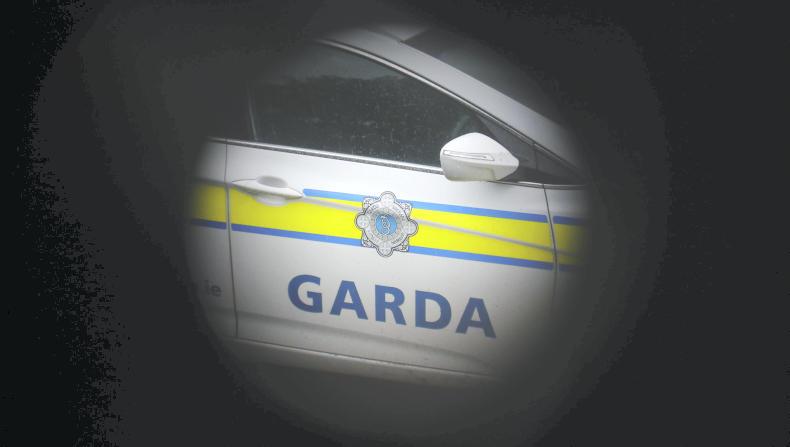The number of gardaí on the front line is to increase and gardaí will deliver a more localised service to communities.
Changes to how the gardaí operate were announced on Thursday and includes restructuring at national, regional and local levels to provide a greater focus on community policing based on local needs.
This will mean more gardaí will be working on the front line, there will be greater supervision, better resources, less paperwork and more career opportunities for members and staff.
It will make best use of an expanding workforce and investment in IT.
Administrative services
There will be a reduction in administrative structures and the introduction of community policing teams dedicated to working with communities to identify and tackle problem crimes in their area.
Gardaí will also deliver a greater range of specialised services, such as economic crime and cyber-crime being delivered locally.
Garda numbers
From 2017 to 2019, 2,090 gardaí have been recruited and a further 478 have been re-deployed to the front line.
It is expected that from now until end of 2021 a further 1,500 Garda members will be recruited and an additional 1,000 gardaí re-assigned to the front line.
In addition, from 2017 to 2019, 1,070 Garda staff have been recruited and a further 1,265 are expected to recruit by end of 2021.
Garda commissioner Drew Harris said: "These improvements will allow us to increase the number of gardaí at the front line and enhance community policing.
“Reduced bureaucracy and ICT initiatives, combined with an increase in Garda members and Garda staff, will increase Garda visibility in communities.
"It will mean gardaí at all ranks will have more time to engage with local communities and stakeholders to help keep people safe.
"These changes will deliver a more visible, localised and responsive policing service. What won’t change though is the strong connection we have with local communities.”
Under this model, decision making for policing delivery will be devolved from the centre to the regions and divisions.
This means divisions will increase in size, will be operationally autonomous and will be the key to policing delivery.
A division will be typically made up of around 600 to 800 personnel.
Read more
Rural crime hits seven-year high
Appeal for information after a daylight quad robbery
Farmers fighting cyber crime, fly-tipping and livestock theft
The number of gardaí on the front line is to increase and gardaí will deliver a more localised service to communities.
Changes to how the gardaí operate were announced on Thursday and includes restructuring at national, regional and local levels to provide a greater focus on community policing based on local needs.
This will mean more gardaí will be working on the front line, there will be greater supervision, better resources, less paperwork and more career opportunities for members and staff.
It will make best use of an expanding workforce and investment in IT.
Administrative services
There will be a reduction in administrative structures and the introduction of community policing teams dedicated to working with communities to identify and tackle problem crimes in their area.
Gardaí will also deliver a greater range of specialised services, such as economic crime and cyber-crime being delivered locally.
Garda numbers
From 2017 to 2019, 2,090 gardaí have been recruited and a further 478 have been re-deployed to the front line.
It is expected that from now until end of 2021 a further 1,500 Garda members will be recruited and an additional 1,000 gardaí re-assigned to the front line.
In addition, from 2017 to 2019, 1,070 Garda staff have been recruited and a further 1,265 are expected to recruit by end of 2021.
Garda commissioner Drew Harris said: "These improvements will allow us to increase the number of gardaí at the front line and enhance community policing.
“Reduced bureaucracy and ICT initiatives, combined with an increase in Garda members and Garda staff, will increase Garda visibility in communities.
"It will mean gardaí at all ranks will have more time to engage with local communities and stakeholders to help keep people safe.
"These changes will deliver a more visible, localised and responsive policing service. What won’t change though is the strong connection we have with local communities.”
Under this model, decision making for policing delivery will be devolved from the centre to the regions and divisions.
This means divisions will increase in size, will be operationally autonomous and will be the key to policing delivery.
A division will be typically made up of around 600 to 800 personnel.
Read more
Rural crime hits seven-year high
Appeal for information after a daylight quad robbery
Farmers fighting cyber crime, fly-tipping and livestock theft






 This is a subscriber-only article
This is a subscriber-only article











SHARING OPTIONS: